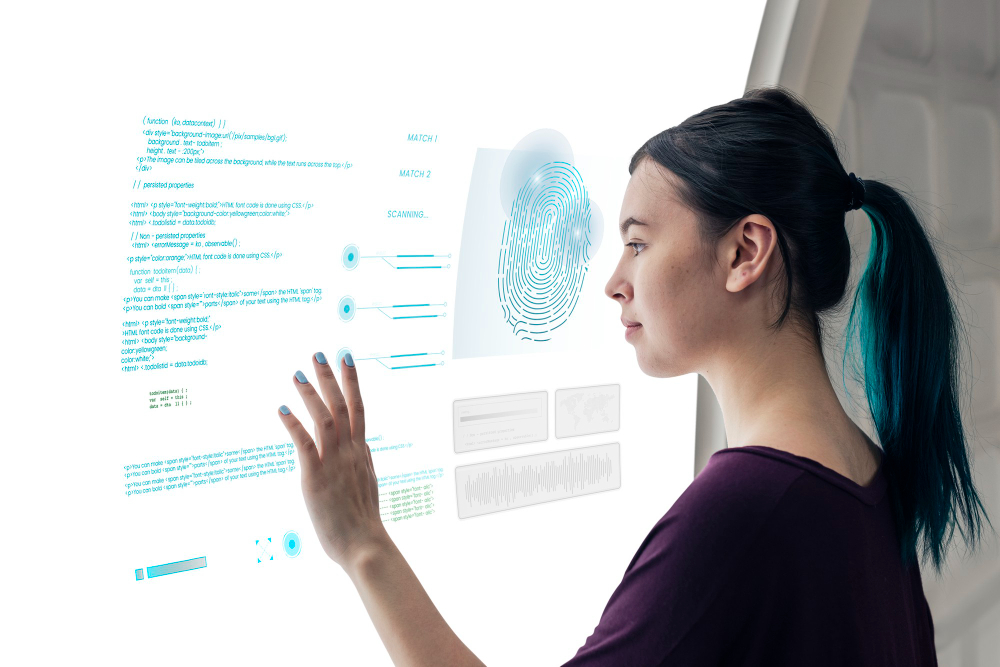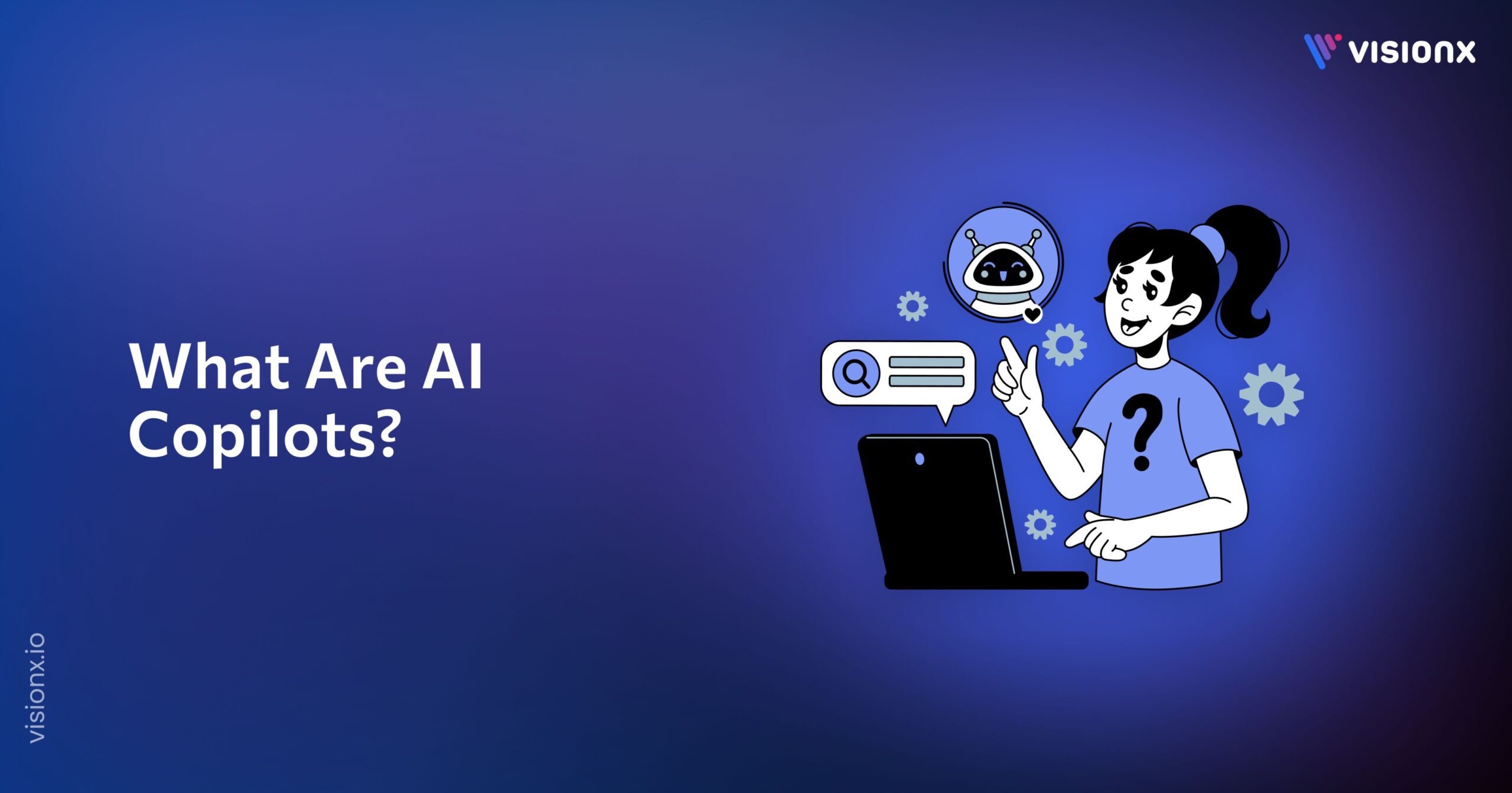Traditional Optical Character Recognition (OCR) systems have been pivotal in digitizing printed text. However, they fall short when dealing with varied fonts, handwritten documents, and complex layouts. These limitations lead to inaccuracies and inefficiencies, necessitating the creation of Intelligent OCR.
Intelligent OCR, with advanced machine learning and AI, addresses these shortcomings. Traditional OCR often results in error rates that compromise data integrity. According to recent studies, businesses lose around 21% of their productivity due to document-related challenges. This statistic highlights the critical need for more accurate and efficient OCR technology.
What is Intelligent OCR?
Intelligent OCR goes beyond simple text recognition. It incorporates Intelligent Character Recognition (ICR), which can understand and digitize handwritten text. This advanced form of OCR uses AI to learn and improve over time, handling a variety of text inputs more accurately.
ICR is a subset of Intelligent OCR focused on recognizing and digitizing handwritten text. It employs neural networks to interpret different handwriting styles, making it invaluable for digitizing documents like forms and notes. One example of intelligent OCR is Zonal OCR.
Traditional OCR vs. ICR
Accuracy
Traditional OCR API frequently finds it difficult to recognize handwritten text and complicated fonts. It typically produces mistakes when working with complex layouts or low-quality documents. Intelligent OCR, on the other hand, is superior in these domains. Intelligent OCR assures high accuracy and lowers errors by correctly identifying and digitizing handwritten and printed text using advanced algorithms and machine learning.
Learning Ability
One significant difference between traditional OCR and ICR is their ability to learn and improve over time. Traditional OCR lacks this capability and remains static in its functionality. On the other hand, ICR uses artificial intelligence to learn from previous data and user corrections. Through constant learning, ICR can adjust to new document formats and handwriting styles while enhancing efficiency and accuracy.
Application Scope
Traditional OCR is only applicable to printed documents. Its inability to process handwritten text limits its use in numerous situations. On the other hand, ICR works well with many different kinds of documents, including ones that contain handwritten text. Because of its wide range of applications, ICR is a useful tool for a variety of fields where printed and handwritten documents are common, including healthcare, law, and historical archiving.
| Features | Traditional OCR | Intelligent OCR |
| Text Recognition | Printed text only | Printed and hand-written text |
| Accuracy | Moderate | High |
| Learning Capability | None | Learns and improves over time |
| Application Scope | Limited to printed documents | Wide range of documents |
5 Reasons ICR is Transforming Document Archiving
1. Unmatched Accuracy
Intelligent Character Recognition (ICR) offers unmatched accuracy in digitizing documents. Traditional OCR systems often fail with complex fonts and handwritten documents, leading to errors and inefficiencies.
On the other hand, ICR handles various fonts and complex layouts using advanced algorithms and machine learning solutions, significantly reducing errors and guaranteeing data integrity. ICR maintains high accuracy by precisely identifying even the most minute details, which is essential for companies that depend on precise data.
2. Efficient Handwriting Recognition
Another major advantage of Intelligent OCR is efficient handwriting recognition. This technology can interpret a wide range of handwriting styles, from neat cursive to hurried scribbles, making it perfect for businesses that deal with handwritten forms, notes, and historical documents.
This capability is particularly valuable in sectors like healthcare, legal, and archival institutions, where accurate digitization of handwritten information is essential. The capacity of ICR to identify and digitize handwritten text guarantees that no important data is lost in the process of digitization
3. Integration with Document Management System
One essential component of ICR is its effortless integration with current systems. With minimal effort, it can be integrated into the workflows currently used for document management. Due to this compatibility, companies can take advantage of ICR without redesigning their infrastructure completely.
Alternatively, they could improve the current workflows to make them more accurate and efficient. The simple transition from paper to digital documentation made possible by this integration increases overall productivity without requiring a large investment of time or money.
4. Save Time and Cost
ICR reduces the need for human data entry by automating the digitization process, resulting in significant time and cost savings. Manual data entry’s labor-intensive and error-prone nature drives up expenses and inefficiencies.
By automating this procedure, companies can lower labor expenses and give workers more time to work on more important projects. Furthermore, businesses can handle massive volumes of documents quickly and effectively because Intelligent OCR processes documents far faster than manual methods.
This speed is vital for businesses where prompt information access is essential. Moreover, ICR’s high accuracy eliminates the need for expensive error corrections, guaranteeing accurate data from the start.
5. Improved Searchability and Accessibility
One of the main benefits of using ICR to digitize documents is improved information accessibility and searchability. Digitized documents are easily indexed and searched, facilitating quick and effective information retrieval.
ICR transforms text into digital formats that can be searched, making it easier for users to locate specific information quickly. Large archives, where manually searching for documents can be time-consuming and ineffective, will especially benefit from this. Additionally, digitized documents can be methodically arranged to enhance workflow effectiveness and guarantee that important documents are not misplaced or ignored.
Additionally, digital documents enable remote access, facilitating flexible work schedules. In the modern workplace, where remote work is becoming increasingly common, accessibility is especially essential.
Conclusion
Including ICR in your document archiving plan is a game-changing decision. It provides unparalleled precision, effective handwriting recognition, smooth integration, important time and cost savings, and improved searchability. Businesses can increase productivity by adopting ICR and simplifying their document management procedures.
Are you prepared to use ICR to transform your document archiving strategy? Investigate your options right now to change the way you handle your documents. Adopt Intelligent OCR to move your company forward in an accurate and efficient manner.


